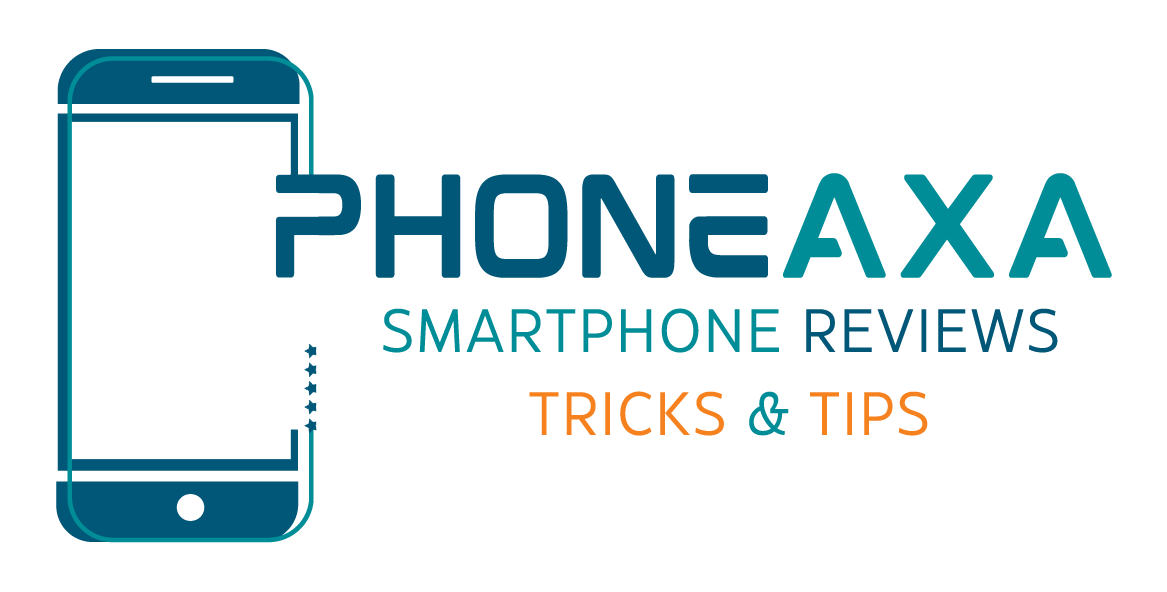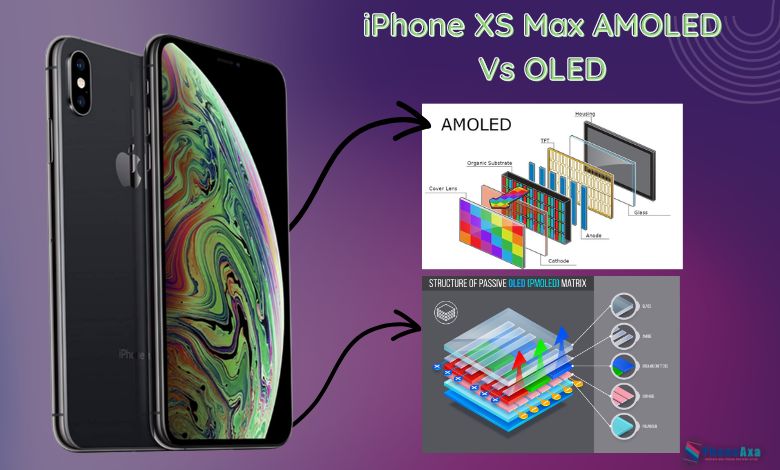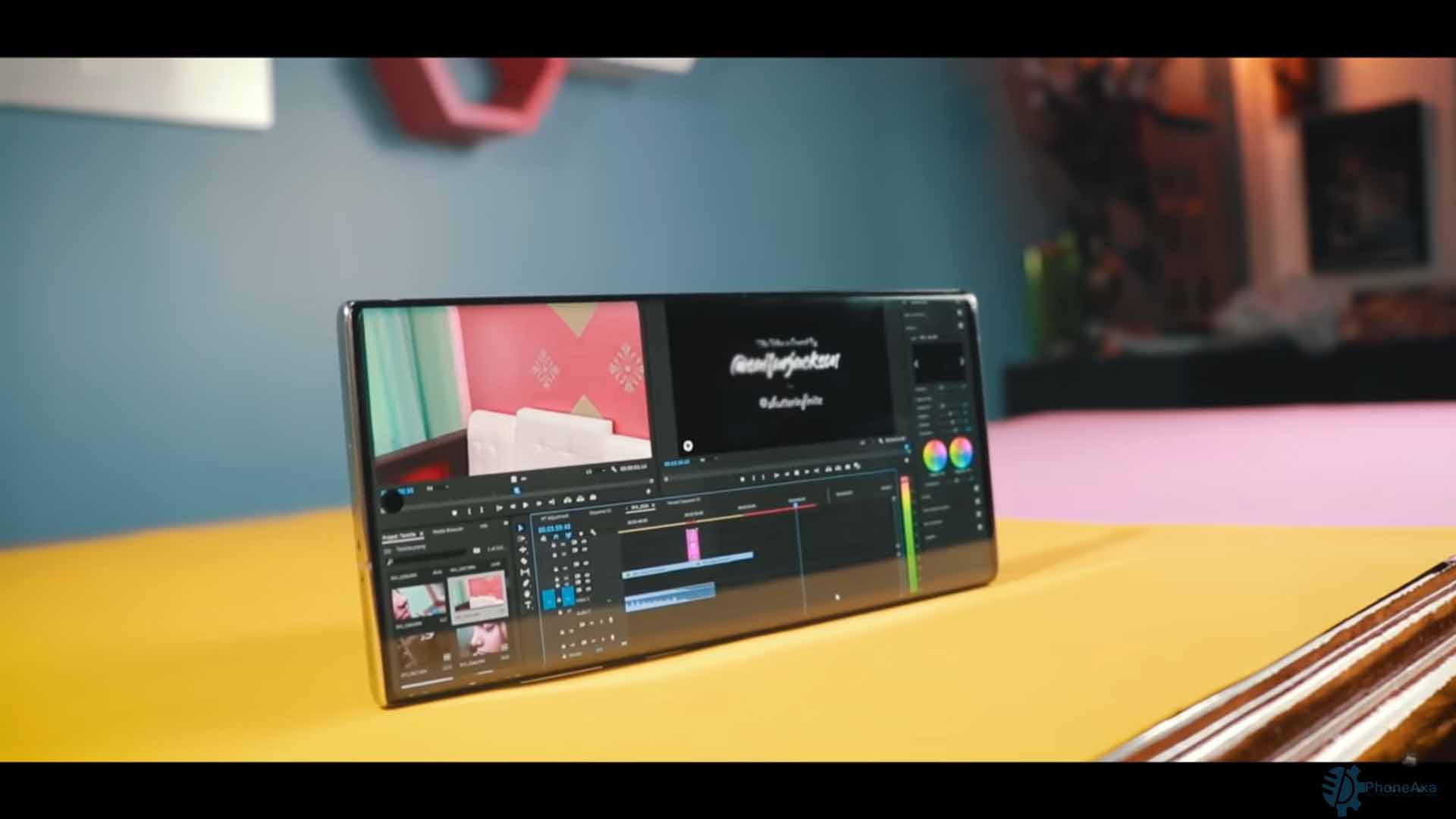Is iPhone XS Max AMOLED Or OLED? The iPhone XS Max has a Super Retina HD display. The screen is made out of OLED technology and has a resolution of (2688 × 1242) at 458 PPI. The pixel density is higher than the iPhone X, giving it better color accuracy.
The iPhone XS Max has been the talk of the town ever since it was released. It is not just a larger version of the iPhone X, but also a significantly better smartphone. The display is much better than any previous generation of iPhones, and it has some new features to make it stand out.
In this post, I will take you through all the features and functions available on the iPhone XS Max and what makes this smartphone so good for you.
What is the Difference Between AMOLED, OLED, or LCD?
When it comes to phone displays, there are three main contenders: AMOLED, OLED, and LCD. So, what’s the difference between them?
- AMOLED (Active-Matrix Organic Light-Emitting Diode) is a type of OLED display. The “active-matrix” part refers to the fact that each pixel is individually controlled by a capacitor. This makes for better image quality and lowers power consumption than previous OLED technology.
- OLED (Organic Light-Emitting Diode) is a newer technology that uses an organic compound that emits light when an electric current is passed through it. OLED displays don’t require a backlight, so they can be thinner and lighter than LCDs. They also have better image quality, with higher contrast and faster response times.
- LCD (Liquid Crystal Display) is the most common type of display used in phones and other electronic devices. LCDs use a liquid crystal solution sandwiched between two transparent plates. When an electric current is passed through the liquid crystals, they align themselves so that light can either pass through or be blocked, depending on the pixels’ needs.
iPhone XS Max Review |AMOLED or OLED
[amalinkspro type=”showcase” asin=”B07K8RNW7H” apilink=”https://www.amazon.com/dp/B07K8RNW7H?tag=phoneaxa0a-20&linkCode=osi&th=1&psc=1″ new-window=”true” addtocart=”false” nofollow=”true” sc-id=”4″ imgs=”LargeImage” link-imgs=”false” specs=”~~~~~~~~~~~~~~~Processor: Apple A12 Bionic~~~Display: 6.5 inches (1242×2688) pixels~~~Storage: 64GB/256GB/512GB~~~RAM: 4 GB~~~Camera: 12MP (2160p)~~~Battery: 3174mAh Li-Ion~~~Scratch-resistant glass, oleophobic coating protection~~~Stereo speakers: Yes~~~3D Touch~~~NFC: Yes~~~Tested for battery health and guaranteed to have a minimum battery capacity of 80%.~~~Successfully passed a full diagnostic test which ensures like-new functionality and removal of any prior-user personal information.~~~Colors: Space Gray, Silver, Gold~~~” btn-color=”#ff9900″ btn-text=”View on Amazon” alignment=”alignnone” hide-prime=”0″ hide-image=”0″ hide-reviews=”0″ hide-price=”0″ hide-button=”0″ width=”750″]Apple iPhone XS Max | Space Gray[/amalinkspro]DISPLAY
| Display Specs | iPhone XS Max |
|---|---|
| Size: | 6.5 inches |
| Resolution: | 1242x2688 pixels |
| Type: | Super Retina OLED, HDR10 |
| Refresh rate: | 120-hertz |
| Protection: | Scratch-resistant glass, oleophobic coating |
| 3D touch: | Enabled |
HARDWARE
| HARDWARE | iPhone XS Max |
|---|---|
| Processor: | Apple A12 Bionic |
| GPU: | Apple GPU (4-core graphics) |
| CPU Cores: | Hexa-core (2x2.5 GHz Vortex + 4x1.6 GHz Tempest) |
| Chipset | Apple A12 Bionic (7 nm) |
| Internal storage: | 64GB/256GB/512GB |
| RAM: | 4 GB |
| Storage expansion: | Not available |
| Device type: | Super Retina OLED, HDR10, Dolby Vision, 625 nits (HBM) |
CAMERA
| Camera Specification | iPhone XS Max |
|---|---|
| Dual: | 12 MP |
| Ultrawide (camera) | ƒ/1.8 aperture |
| Telephoto (camera) | ƒ/2.4 aperture |
| Features | Quad-LED dual-tone flash, HDR (photo/panorama) |
| Image stabilization | Dual optical image stabilization |
| Zoom | 2X optical zoom |
| Slow motion | 1080p at 120 fps or 240 fps |
| Video recording: | 4K video recording at 24 fps, 30 fps, or 60 fps |
| Selfie camera: | 7 MP, f/2.2, 32mm |
| Video (Selfie camera) | 1080p@30/60fps, gyro-EIS |
| Image formats captured | HEIF and JPEG |
BATTERY
| BATTERY Specification | iPhone XS Max |
|---|---|
| Capacity: | 3174mAh |
| Battery type: | Li-Ion |
| Wireless charging: | Qi wireless charging |
| Fast charging: | 15W, 50% in 30 min |
| Reverse charging: | Not supported |
| Charge power: | 18W |
| Replaceable | non-removable |
| Full charging time | 1 hr. |
| Talk time (wireless | Up to 25 hours |
DESIGN
| DESIGN Specification | iPhone XS Max |
|---|---|
| Dimensions: | 157.5 x 77.4 x 7.7 mm (6.20 x 3.05 x 0.30 in) |
| Height: | 6.2 inches |
| Width: | 3.05 inches |
| Weight: | 208 g |
| Thickness: | 7.9 mm |
| Materials: | Glass front (Gorilla Glass), glass back (Gorilla Glass), stainless steel frame |
| Colors: | Space Gray, Silver, Gold |
| Waterproof: | IP68 dust/water resistant (up to 2m for 30 mins) |
| Fingerprint scanner: | Not available |
CONNECTIVITY + FEATURES
| CONNECTIVITY + FEATURES | iPhone XS Max |
|---|---|
| Wi-Fi: | 802.11 a/b/g/n/ac |
| Bluetooth: | 5.0 |
| Bluetooth version: | A2DP, LE |
| Infrared port | Not available |
| NFC | Yes |
| USB type: | USB 2.0 |
| Sensors: | Face ID, Barometer, Three‑axis gyro, Accelerometer, Proximity sensor, Ambient light sensor |
| GPS: | Yes, with A-GPS, GLONASS, GALILEO, QZSS |
MULTIMEDIA
| MULTIMEDIA | iPhone XS Max |
|---|---|
| Speakers: | Dual speakers |
| Headphones: | No |
| Additional microphone(s): | Not available |
| Features: | Comes with Noice cancellation option |
| Screen mirroring: | Yes |
NETWORK
| NETWORK | iPhone XS Max |
|---|---|
| Number of SIM: | 2 |
| Type of SIM card: | Nano |
| 5G support | Not supported |
OPERATING SYSTEM
| OPERATING SYSTEM | iPhone XS Max |
|---|---|
| OS | iOS 12, up to iOS 15.6, planned upgrade to iOS 16 |
Now here we discuss iPhone XS Max’s Pros and Cons.
[i2pc pros_icon=”icon icon-plus-thick” cons_icon=”icon icon-minus-thick” show_title=”false” title=”Pros & Cons” show_button=”false” pros_title=”Pros” cons_title=”Cons” ][i2pros] Great OLED super bright display.
Powerful processor (A12 Bionic processor).
Water-resistant steel case (IP68).
Incredible camera performance.
Quicker facial recognition.
NFC supported.
Gigabit LTE,
Splendid sound quality.
Dual SIM compatibility. [/i2pros][i2cons] No 3.5 mm Headphone Jack.
Design repurposed.
Average Battery Life. [/i2cons][/i2pc]
[amalinkspro type=”cta-btn-css” ctabtn-id=”” asin=”B07K8RNW7H” apilink=”https://www.amazon.com/dp/B07K8RNW7H?tag=phoneaxa0a-20&linkCode=osi&th=1&psc=1″ addtocart=”false” new-window=”true” nofollow=”true” alignment=”aligncenter”] Buy Now [/amalinkspro]
Conclusion | iPhone XS Max AMOLED vs OLED
The iPhone XS Max is a pretty great phone. It’s got a large, beautiful display, plenty of horsepower under the hood, and a solid camera. However, there are a few things that could be improved. The battery life could be better, and the phone is a bit too large for some people’s hands. But overall, the iPhone XS Max is a great phone and well worth your money.
FAQ:
Is iPhone XS Max AMOLED?
AMOLED vs OLED Which One is better?
If you are looking for a new phone, you may be wondering what display technology to choose. There are two main types of displays on the market today – AMOLED and OLED. Here’s a look at the key differences between the two technologies to help you make a decision.
AMOLED displays were first introduced by Samsung in 2007. The “AM” stands for “active matrix” and refers to the way that the pixels are lit up. In an AMOLED display, each pixel is lit up individually by applying an electric current. This means that the display can be made very bright and energy-efficient.
OLED displays were first introduced by LG in 2013. The “O” stands for “organic” and refers to the fact that the pixels are made from organic materials. In an OLED display, each pixel emits its own light. This means that the display can be made very thin and light.
Super Retina XDR Display vs AMOLED
Super Retina XDR is an OLED display with a higher resolution than the standard OLED display. It also has a higher refresh rate, meaning that images on the screen appear sharper and more detailed. However, Super Retina XDR displays are more expensive to produce, so they’re not as widely used as AMOLED displays.
AMOLED displays are made up of organic materials that emit their own light when an electric current is passed through them. This means that AMOLED displays don’t require a backlight, which makes them more energy-efficient than LCDs. However, AMOLED displays can suffer from image retention and screen burn-in if static images are displayed for too long.
So, which type of display is better? It really depends on your needs and preferences. If you want the best possible image quality, then Super Retina XDR is the way to go. However, if you’re concerned about power consumption, or you want a cheaper display, then AMOLED is a good option.




